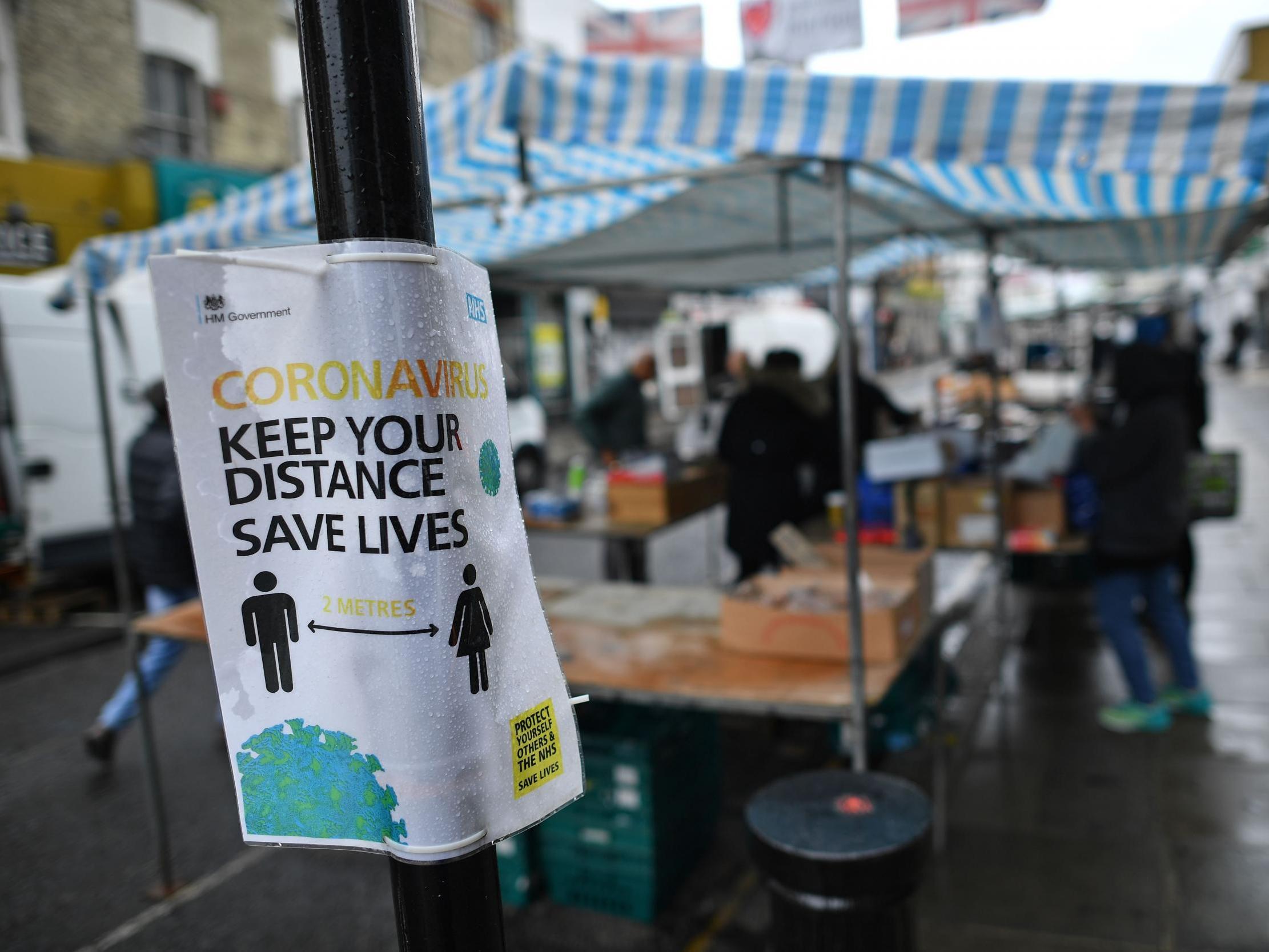Is there any point living in a big city after coronavirus?
If cities such as London, New York and Paris are unattractive to the most ambitious and enterprising citizens, then they will become a drag on their national economies, writes Hamish McRae


One metre is better than two metres – at least in the sense that many day-to-day social activities work better if you are three feet away from someone but not if you are six feet away. So for the pubs and restaurants, the easing of the two-metre separation guidance will be the game-changer. Some semblance of normality could resume.
Or will it? The great question, and it is a social matter as much as an economic one, is whether cities will get back to normal, or will they be gravely and lastingly damaged by the whole experience of the past few months. It matters a lot for a host of reasons. If cities such as London, New York and Paris are unattractive to the most ambitious and enterprising citizens, then they will become a drag on their national economies rather than a driver of them. If you can do your job remotely, perhaps meeting once a week rather than every day, then what is the point of living in a city centre? Better to have more living space and a garden. If the theatres are shut for months, can they revive? If there is no buzz, what is the point of being there?
Those of us who can remember visiting London in the immediate years after the Second World War can testify to the dreariness of the city. London, in the expression of the time, “had the stuffing knocked out of it”. Population fell; people wanted to move away.
But it was not just London that was suffering.
Going to New York for the first time in the 1960s was a shock, for it seemed grimy and grey – and that, by the way, was compared to Dublin. There was a superficial buzz from the traffic and the police sirens, and of course unlike London it had not been bombed. But the physical fabric of the place – the buildings, the streets, the sidewalks – seemed dirty and neglected. There clearly was not much money to maintain services, and the city nearly did go bankrupt in 1975.
Right now most of the great cities of the developed world have had a run of success, a full generation of solid growth. So we assume they will always be so, but it is generally true that decline takes time. For the moment, the buildings remain the same. The streets are quieter, the air is cleaner, and for those of us walking about the centre of London that is all rather nice.
But if the big employers of the city centres cut down on the numbers of people they bring into their shiny office blocks, the jobs go. If the jobs go, the money goes. Then the services go. Then buildings become boarded up. Construction stops. Places are not repainted. The rich retreat to the suburbs or beyond. Tax revenues fall and there is no money to maintain services. So a dreadful downward spiral begins. We won’t know what we have lost until we have lost it.
Might this happen? I think we have to accept the possibility that it may. Cities cram people together, and if we cannot be crammed together, or choose not to be, they will inevitably suffer.
On the other hand, it may be that cities will use this chance to make themselves more attractive places to live and work by improving the urban experience. The mayor of Paris, Anne Hidalgo, has a vision of “a 15-minute city”, where every resident can get their daily needs with a short walk or bike ride. The shift to electric vehicles will improve air quality everywhere. We know that while it is possible to do a lot of jobs remotely, nothing quite matches the face-to-face meeting for effectiveness. Besides, most of us like the shared experience. We like meeting other people, the young especially so. It could be that the young will save cities, not the middle-aged or old.
We won’t know the answers to any of this for two or three years. Even assuming the virus is beaten one way or another, it will take a year or so to repair the damage. That damage is invisible because it is not physical damage; it is financial damage of course, but it is also social damage. Governments can pump in money and patch financial damage, but they cannot fix social damage. So we won’t know in what ways the new normal is different from the old normal until that social damage is repaired – and that will be a slog. Intuitively I think cities will recover, but it may take a long time.
For some people none of this will matter. Great cities inspire envy as well as delight. But for those of us who remember that cities can fall as well as rise, there is a chill in the air. And if cities become a burden on the rest of the country, then there will be trouble indeed.
Join our commenting forum
Join thought-provoking conversations, follow other Independent readers and see their replies
Comments